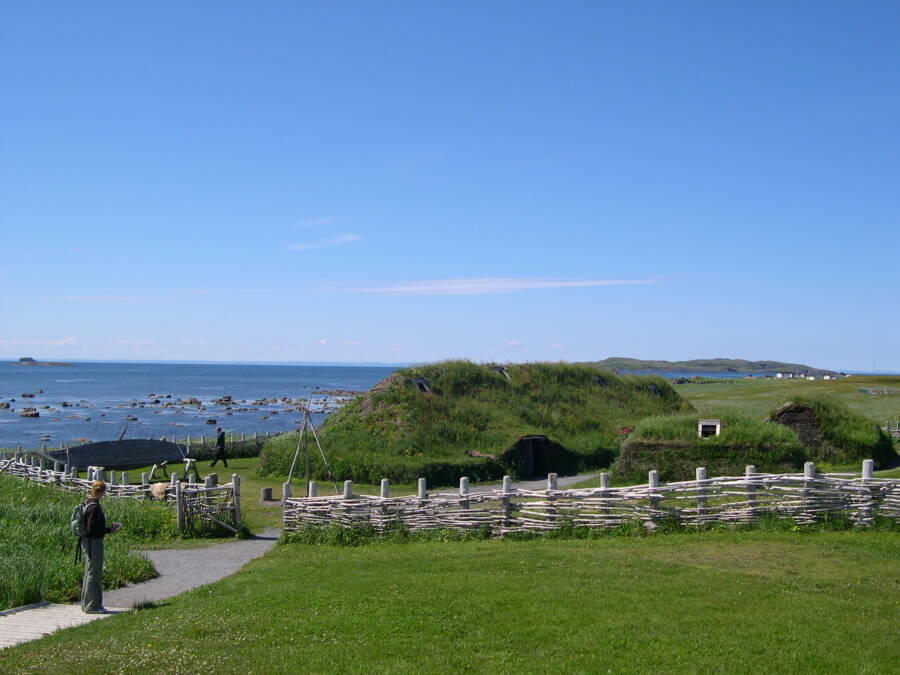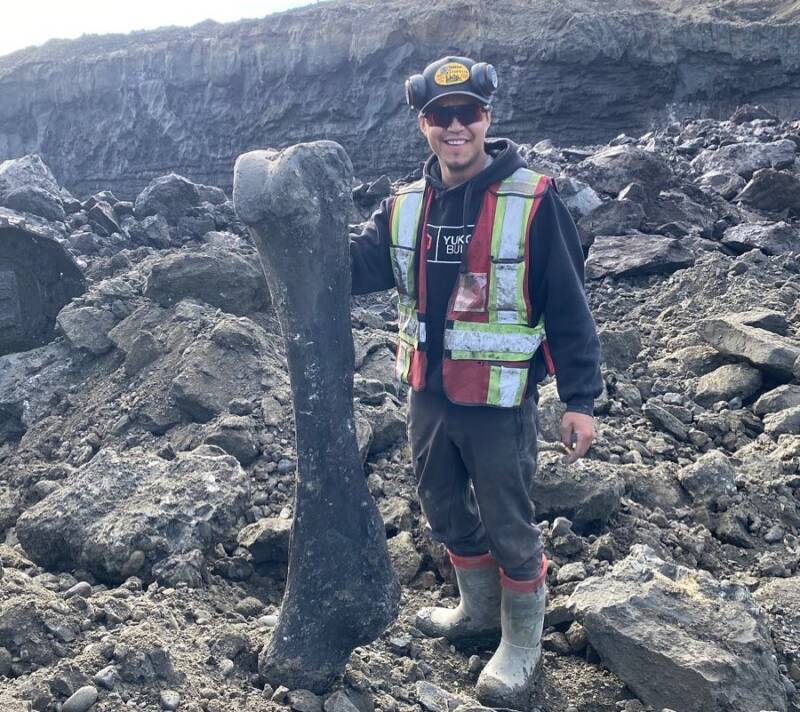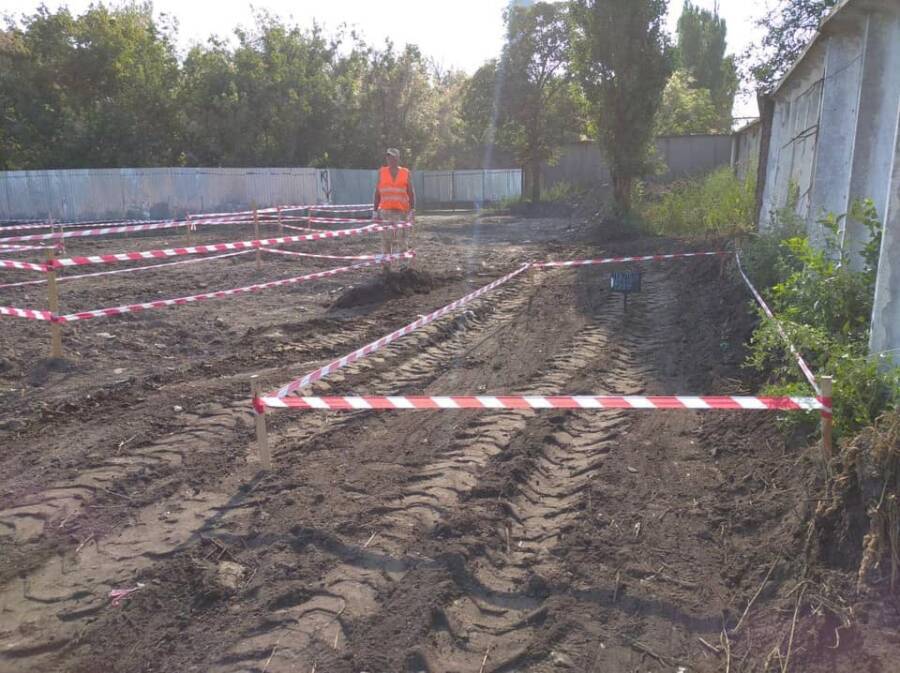Research Confirm That The Vikings Arrived In The Americas 500 Years Before Christopher Columbus

Dylan Industries/FlickrL’Anse aux Meadows is the first known Viking settlement in the Americas.
According to an innovative study published in October, Vikings were living in the Americas by 1021 — exactly 1,000 years ago this year, and nearly 500 years before Christopher Columbus.
To pinpoint the date of their settlement in L’Anse aux Meadows in Newfoundland, researchers studied three wooden artifacts found at at the site in the 1970s. There, they looked for evidence of solar storms.
Such a storm, called a Miyake event, had occurred between 992 and 993. So researchers looked to see if the Vikings’ tools bore any trace of the storm.
Sure enough, they found radioactive carbon in the wood. By counting rings, researchers were then able to determine that the Vikings arrived shortly after the storm. The new arrivals cut down the affected trees to make tools — using metal, which indigenous people did not use.
“Our new date lays down a marker for European cognizance of the Americas,” explained their study, published in Nature. “And represents the first known point at which humans encircled the globe.”
This study didn’t only answer a long-held question about the Vikings. It also demonstrated the potential of using solar storm evidence to answer other “chronological” questions from human history.
Canadian Miners Uncover Nearly Three Complete Woolly Mammoth Skeletons

Trey Charlie/FacebookMiner Trey Charlie was at work when he stumbled across the giant bones of a woolly mammoth.
Miners are used to pulling treasure from the earth. But a group of miners at Little Flake Mine near Dawson City, Canada, found a different kind of treasure this June — and made paleontology history news in the process. They found a trove of woolly mammoth bones.
“Throughout the day I was picking bones,” exclaimed Trey Charlie, who stumbled across the bones and an enormous tusk with a fellow miner. “Ribs, teeth, all kinds of things.”
Charlie added, “It’s probably one of the best days I’ve had working. It’s so much fun to discover these things.”
Paleontologists later examined their finds and determined that the miners had found woolly mammoth bones belonging to three separate mammoths.
“We seem to have one large full-grown mammoth, one younger adult, and one juvenile,” said Grant Zazula, the head paleontologist for the Yukon government.
The mammoths, said Zazula, likely died together. He noted that they were probably related to each other, or at least belonged to the same herd. “That is super-exciting,” he said. “It can lead to all kinds of questions.”
Following the discovery, paleontologists embarked on a “detective story” to learn more about the mammoths. They set out to examine the mammoth’s DNA and use carbon dating to pinpoint when they died.
Mass Graves From Stalin’s Great Purge Uncovered In Odessa

Ukrainian Institute of National MemoryAs many as 20,000 bodies may have filled this mass grave.
In the 1930s, Joseph Stalin’s “Great Purge” tore through Eastern Europe and killed at least 750,000 people. This summer, thousands of his victims were found in a mass grave near the Odessa airport.
“We can only guess with (how much) blood the Soviet power was established in Odessa,” the Ukrainian Institute of National Memory grimly noted on Facebook.
Archeologists at the site found stacks of bodies. This makes it hard to determine exactly how many people are buried there, but estimates range from 5,000 to as many as 20,000 people. If so, then the Odessa mass grave is the largest ever discovered in Ukraine.
So far, excavating the site has been difficult. Layers of garbage cover most of the bodies.
“They dug out pits in the garbage and threw these people in or shot them dead as they were standing there,” said Tetyana Samoylova, an archeologist and the chief consultant at the site.”And then they covered them with the same garbage.”
In addition, some of the remains are buried on military land or beneath wires, making them impossible to reach.
But Ukrainian authorities are determined to forge ahead with the excavation. Once it’s done, they’ll erect a memorial to the dead.





